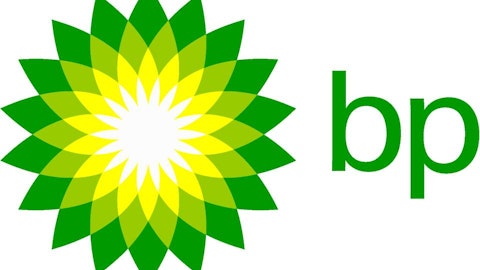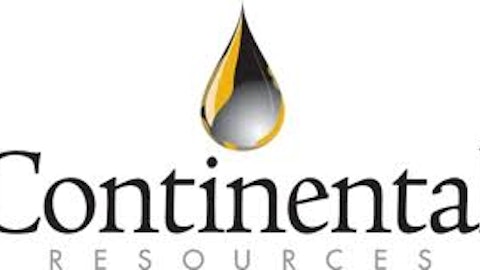This production growth isn’t just seen in the Bakken. ConocoPhillips (NYSE:COP) just announced two major deepwater discoveries in the Gulf of Mexico. ExxonMobil is about to begin production at its massive Kearl Project in the Canadian oil sands. When you begin to add it up, you get the feeling that North America really could be energy independent.
In fact, when you consider the potential of the Monterey Shale, the country really could see that dream become a reality. If you’re not familiar with the Monterey, it holds an estimated 15 billion barrels of oil. That equates to an estimated two-thirds of the country’s shale oil reserves. The 1,750 square-mile formation is in central California which could make it a bit more difficult to recover, given that it would require hydraulic fracturing to extract the oil. With all of the environmental concerns surrounding fracking, and considering California’s environmental leanings, you can see how this could be a problem. That being said, just the fact that the formation exists is reason to hope that energy independence is within our grasp.
With that as context, let’s take a step back for a moment and again ponder Pickens’ advice that we scrap the SPR. We know that the SPR was designed to prevent another oil shock, specifically from the Middle East. However, do you know when we’ve made some of our most significant draws out of the reserve? If you guessed hurricanes then you’d be correct. Sure, we did draw down more than 30 million barrels in 2011 during the unrest in the Middle East; however, we’ve had large draws surrounding almost every major hurricane, including 21 million barrels of sales and exchanges surrounding Katrina and more than 5 million barrels that were exchanged when Gustav and Ike hit.
A final consideration before we begin to rethink the SPR is the environmental consequences of energy extraction. Fracking as you well know isn’t a favored technology by the environmental community. The concerns run from the fluids used in the process, to the massive amounts of water required, to the possible gas seepage into drinking water. Those concerns are typically localized. What’s not so localized are the major risks of deepwater drilling.
I’m sure you remember when the Deepwater Horizon drilling rig owned by Transocean LTD (NYSE:RIG) and leased to BP plc (ADR) (NYSE:BP) exploded and sank into the Gulf. The well spewed oil for months before it could be plugged. Because of that a moratorium was placed on drilling in the Gulf, and we’re just recently beginning to get back to production levels seen before the event.
I like Pickens a lot, and I agree with him on almost every issue; however, I have to completely disagree with him on the SPR. It’s a valuable insurance policy not only against future geopolitical supply shocks but also against shocks from Mother Nature. While we have no national energy policy, some of the stop-gap measures that we do have in place actually do make some sense no matter how much oil we are able to produce in the future. Topping the list is the SPR, it’s a great insurance policy and should only be touched when a true emergency arises.
The article Do We Still Need the Strategic Petroleum Reserve? originally appeared on Fool.com.
Fool contributor Matt DiLallo owns shares of ConocoPhillips. The Motley Fool owns shares of Transocean.
Copyright © 1995 – 2013 The Motley Fool, LLC. All rights reserved. The Motley Fool has a disclosure policy.


